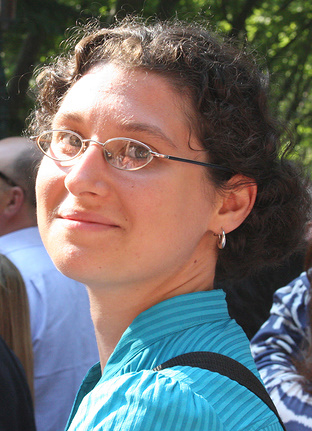The OHO Files: Afterword
The publication of Beti Žerovc’s interviews with David Nez and Milenko Matanovi? marks a significant moment for art historians such as myself who have researched OHO both as a cultural phenomenon and as an artistic collective. The most prominent historians of OHO have included Tomaž Brejc, Igor Zabel, and Miško Suvakovi?. All of them did important work reconstructing the group’s various formations and activities between 1965 and 1971, and assessing its legacy. A reevaluation of the OHO’s role in the history of post-war artistic culture was spurred by Igor Zabel’s 1994 OHO retrospective at Ljubljana’s Moderna Galerija. Since then, more and more voices are weighing in on the significance of what OHO meant then and now.
In their ARTMargins interviews, David Nez and Milenko Matanovi? shed light, among other things, on the complexities of the group’s decision to dissolve, which seems to have taken shape gradually (and organically) in 1970-71. In the past, it has been argued that the group’s decision to stop making art was due to its members’ disillusionment with professional art production. This assertion is borne out by Matanovi?’s, Nez’s, and Marko Poga?nik’s subsequent careers. Though all three continued to pursue highly creative work, they sought alternatives to working within the “art world” or gallery and museum systems. The same could be said of OHO’s earlier active members, including Iztok Geister, Matjaž Hanžek, and Naško Križnar, among others. They held on to the creative impulse that had first brought them together, but did not pursue careers that could be defined as artistic.”
It is refreshing to read in Žerovc’s interviews about the more prosaic or pragmatic reasons for the the group’s eventual separation. These pragmatic considerations–including the artists’ young age and their increasingly divergent personal commitments–actually broaden our understanding of OHO not just as a cohesive unit driven by a singular agenda, but as a fluid “constellation” (I borrow this very useful word from David Nez) of heterogeneous personalities.
The interviews are vivid and immediate testimony to what is so miraculous about OHO, and what simultaneously remains the most difficult thing to understand about the group: its creation of a space for its work that could occupy anything from a newspaper page to a public park; further, the do-it-yourself ethos of their artistic projects, distant as these were from the commercial art market; its use the most low-tech means to make the metaphorical literal and the invisible visible; and finally the central place occupied in OHO’s work by spontaneity and humor.
OHO’s use of spontaneity and humor did not amount to an explicit ideological position, though it did maintain a political edge that has–intentionally, or not– become central to the group’s afterlife. The playfulness in OHO’s activities was being kept in check by its consistent preoccupation with metaphysics and spirituality. These are areas the contemporary art world cannot speak about comfortably, especially in the context of conceptual or post-conceptual practice. Yet OHO always pushed the limits of what art could or should try to accomplish.
OHO’s fairly short history represents a microcosm that captures the shifts in artistic practice as well as the interests and possibilities that shaped the agenda during the 1960s and 1970s and that continue to have profound resonance today. The fact that such a microcosm could exist on the self-acknowledged periphery of the global art scene should encourage art historians to reconsider the relationship between centers and peripheries during this period, and to investigate both the local conditions and the global dialogues that made the existence of a group such as OHO possible.
[su_menu name=”OHO”]





